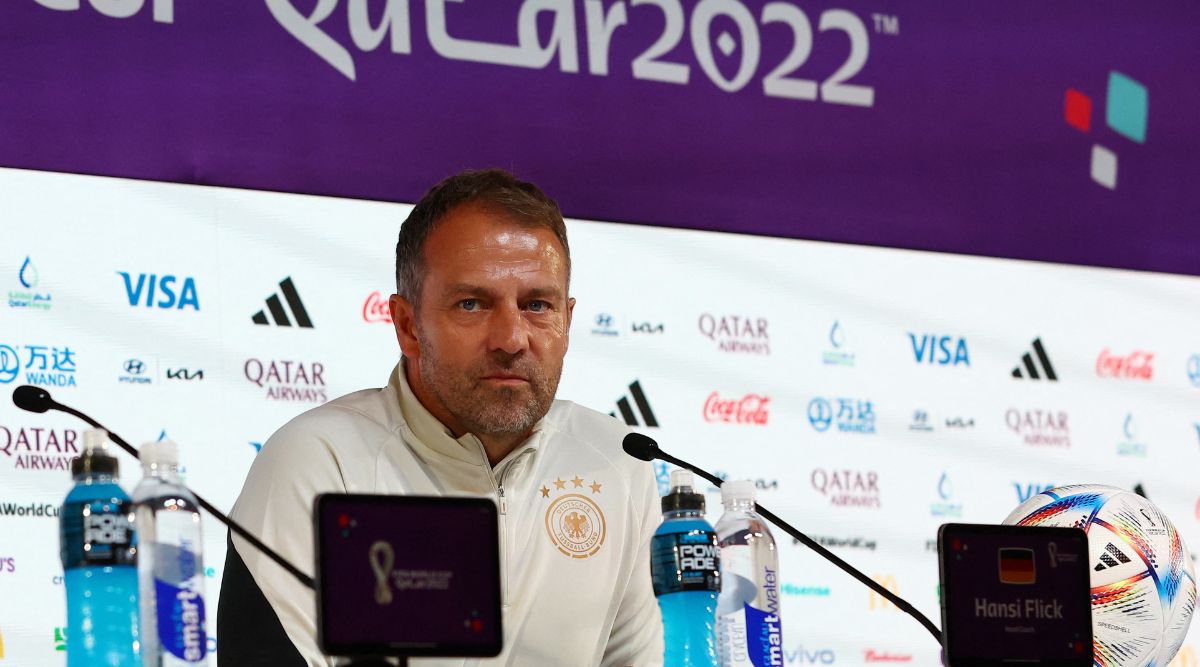As many as 91,648 turned up at the stadium for a UEFA Champions League semi-final last season. 91,553 were present for the quarterfinal.
- Advertisement -
No, it wasn’t the semi-final between Real Madrid and Chelsea or Paris Saint-Germain and Manchester City. It was a game between Barcelona and Wolfsburg and the quarter-final, an El Clasico between Barcelona and Real Madrid, in the women’s Champions League.
The semi-final attendance set a record for a women’s football match. What’s heartening though was that it wasn’t a one-off. Neither was the attendance during the El Clasico quarterfinal.
- Advertisement -
Stadium attendance for women’s football games in Spain have seen a gradual rise over the past five years (excluding games played in bio-bubbles). It’s also a reflection of the nation’s focus on women’s football and the kind of seriousness with which they go about promoting it.
It wasn’t always like this though. About a decade ago, Spain didn’t really feature among the elite in women’s football. Fast forward to today, and though their senior national team hasn’t won a FIFA World Cup, they have won a world title in every age category.
The U-20 team recently won the World Cup while their U-17 team is the defending champions of the tournament being played in India.
- Advertisement -
On Wednesday, they opened their campaign beating a very athletic Colombia 1-0 in a Group C match at the DY Patil Stadium. Substitute Jone Amezaga’s goal in the 85th minute was the difference after Spain’s earlier goal was ruled out by VAR due to a handball in the lead-up.
“Vamos, eh, eh, eh!” 💃
Scenes after @SEFutbolFem seal the victory! 👏#U17WWC | #KickOffTheDream pic.twitter.com/0MSo96C3jh
- Advertisement -
— FIFA Women’s World Cup (@FIFAWWC) October 12, 2022
- Advertisement -
Speaking ahead of matchday, their coach Kenio Gonzalo shed light on the reasons Spain has become a powerhouse in women’s football and why they have been so successful at the age-group level.
“We have very strong age-group territorial (inter-state) competition in Spain where teams play a similar style of football. We send scouts to these tournaments and they pick out the talented players from there. We try to get them into our national setup from the time they turn 14. We try to keep them in our national setup till they reach the senior team.
“Throughout all these years, they are given the best possible facilities to improve. They are able to understand football very well because of this. So just being in this high level of age-group football ithe reason we produce so many players and why we are so successful,” Gonzalo said.
Clubs at the forefront
Just being in the national setup doesn’t necessarily mean that the players will improve. After all, they need game time. The national federation has come out with a solution for that too. They’ve requested all the Spanish clubs to take all their age-group players in at least their ‘B’ team if not their main one.
It’s the reason why all of these U-17 players are part of teams in the Spanish league, with six of them playing for Real Madrid ‘B’, five for Barcelona ‘B’ and four for Athletic Bilbao.
Gonzalo admits it’s the clubs who have helped women’s football the most.
“Men’s football has all the necessary means. So if the men’s club has a women’s team, they can provide all the facilities to the women. That means that the women will not lack anything when it comes to at least their fitness preparation.
“More than all that, the clubs can provide the teams with visibility. That’s very important for the sport to grow. It’s the reason why we’re seeing record attendances for women’s games,” he said.
Greater stadium attendance means more moolah for the clubs. That’s one of the reasons Barcelona was able to lure English midfielder Keira Walsh from Manchester City. Her transfer cost the Catalan club a record fee of €460,000.
The Spanish federation also keeps raising the bar. Like the USA women’s football team, they too announced that female players will receive equal pay when representing the country.
Asked what lessons can India and other developing nations learn from Spain for the overall development of men’s and women’s football, Gonzalo said, more than anything, it’s important to follow the process.
“When it comes to women’s football, it doesn’t have such a long history. There is gender inequality and it isn’t easy for women to find space. We have to make that space much larger so that women can enjoy football and feel at ease playing. Once we do that, women’s football will develop,” he said.
To develop football as a whole, he said the process needs to start with the lower age groups .
“In my opinion, the key aspect is the whole process. Take men’s football in Spain, for example. They have managed to dominate all the age groups but in all these years, they’ve won only one senior World Cup. However, the only reason we’re able to try and fight for it at every World Cup is that we have a robust youth setup where we have a new set of players every year for every age group,” he said.





